
The Next Generation of Built Environment Modelling

The Next Generation of Built Environment Modelling
Sign up for our BEMNext newsletter!
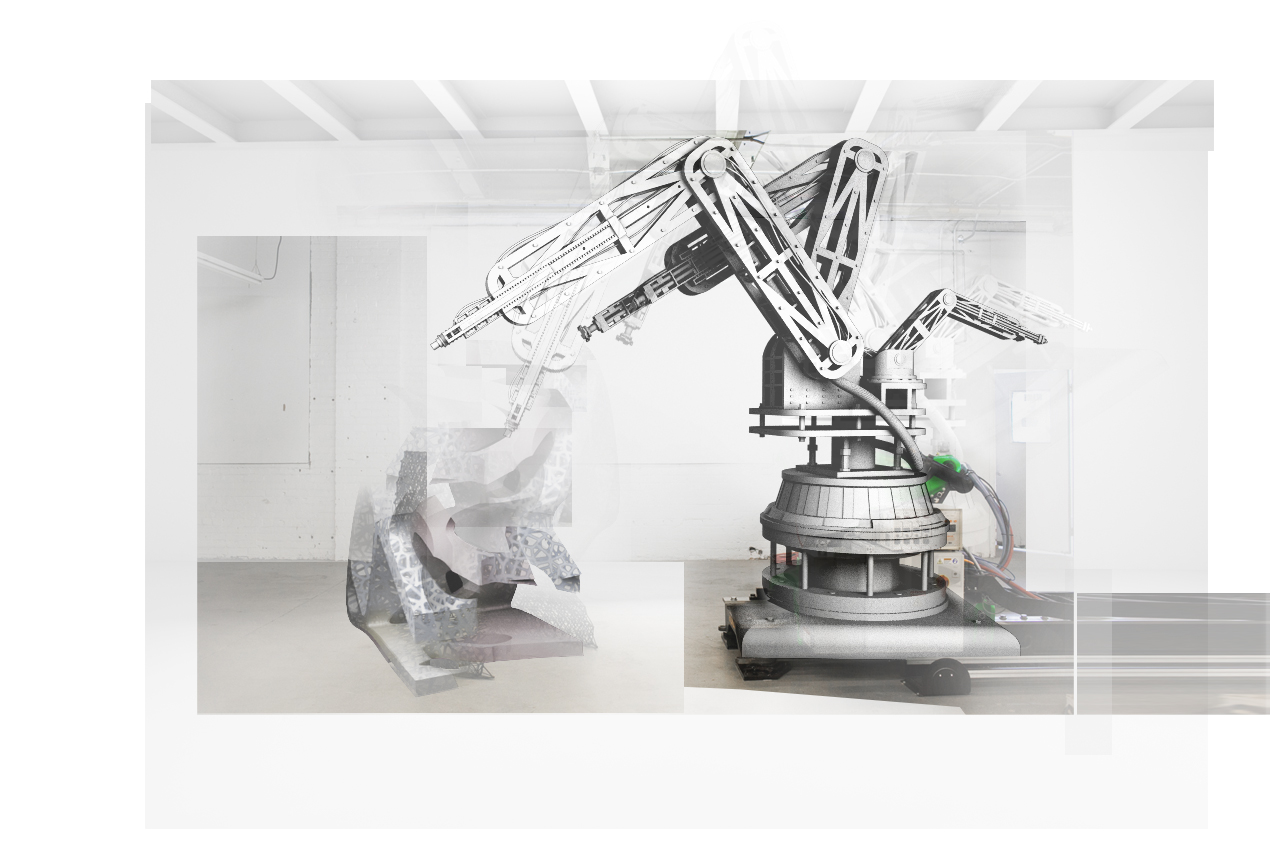
Good news! We are nominated for the InfraTech Innovation Award for the 4TU.Bouw Lighthouse project - Optimising 3D concrete printing. In collaboration with the 3DCP group of TU Eindhoven, the BEMNext lab of TU Delft and White Lioness technologies. We are developing the next step in optimising materials and structures for 3D concrete printing. This can for example lead to more sustainable and environmentally friendly buildings by saving material. We employ a combination of optimisation techniques and high precision 3D printers to achieve this goal. On the 8th of December we pitched our project for the InfraTech Innovation award jury; Maxime Verhagen, Jan Hendrik Dronkers, Annemieke Nijhof en Johan Vermeer. (...)
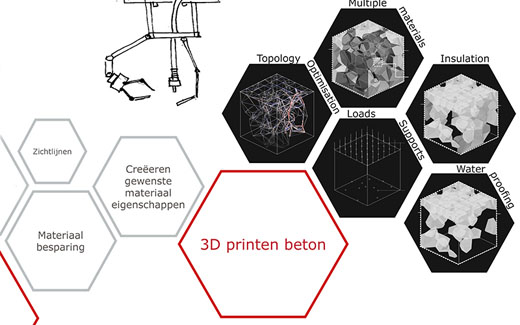
Yay! We are nominated for the Cobouw Audience Award for our Lighthouse project - Optimising 3D concrete printing. Check out our latest video about the optimising 3D concrete printing project here!
Do you like what we are working? That’s great, because we need your vote to win! It would be brilliant if you can vote for us to win the Cobouw Audience Award. Fingers crossed!

We are always looking for talented graduation students with interest in Built Environment Modelling. If you’re interested in graduating at the BEMNext lab, send us an e-mail and we will get back to you as soon as possible. Don’t know what you want to research yet or not sure if BEMNext lab covers your topic? We are always willing to give you advice, so don’t hesitate to contact us! For further guidance, check also our graduation guide.

Xue Zhengyu will present his MSc research project on the topic Pretensioned cable-strut roof: A study with parametric design and optimisation on Thursday 21st of July. This presentation will be held in room 02.110 at the TU Delft, Faculty of Civil Engineering and Geosciences at 9h00.
This research project has been aiming to design a light-weight, structurally safe, and engineering practical pretensioned roof structure. Parametric design is the most important concept throughout the variable study. Based on the parametric model a lot of designs and analysis have been performed and (...)
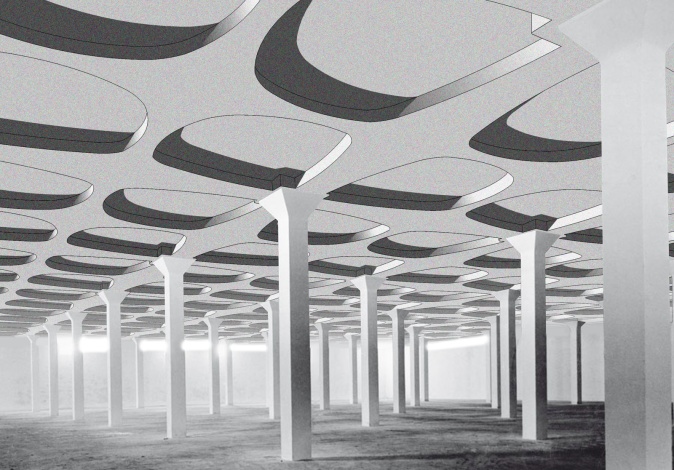
Christopher will present his MSc research project on the topology optimisation of a concrete floor slab guided by vacuumatic formwork constraints on Friday the 29th of July. The presentation will be held in room F at the TU Delft, Faculty of Civil Engineering and Geosciences at 12h00.
Traditional floor systems are cost-optimised but can have the disadvantage of being structurally inefficient. Topology optimisation allows for efficient material distribution, and thus a reduction in weight. Topology-optimised floors are typically regarded as being difficult to produce, however, (...)

Are you looking for an exciting and innovative graduation subject? We are looking for talented and tech-savvy students to join the “Lighthouse 2016 research project” granted by 3TU.Bouw
The basic idea is to research a next generation of structures: structures from programmable materials.
You can define (...)

Our consortium with TU Eindhoven and White Lioness technologies has been awarded a Lighthouse2016 research grant by 3TU.Bouw for our idea to develop the next step in optimisation for 3D printed large scale structures.
In 2016 we will together develop new software and modifications to a real 3D printer for concrete structures.
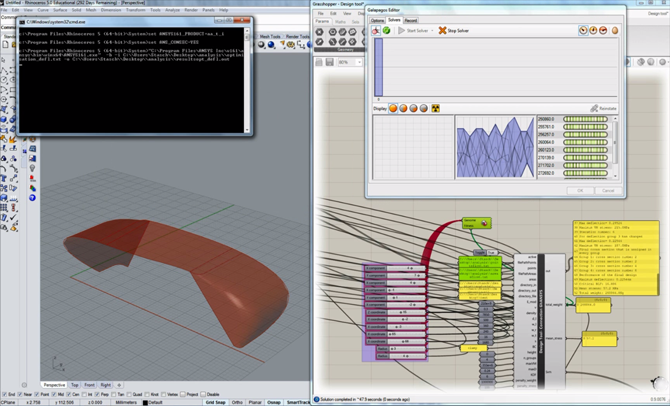
Stavroula will present her MSc research project on performance-based form finding and material distribution of free form roof structures, implemented in the Post Rotterdam case study on Friday the 22nd of January. The presentation will be held in room G at the TU Delft, Faculty of Civil Engineering and Geosciences at 16h00.
The redevelopment of the Post Rotterdam building and, in particular, the design proposal of the vertical foyer initiated this research project. The foyer has a special design and
(...)
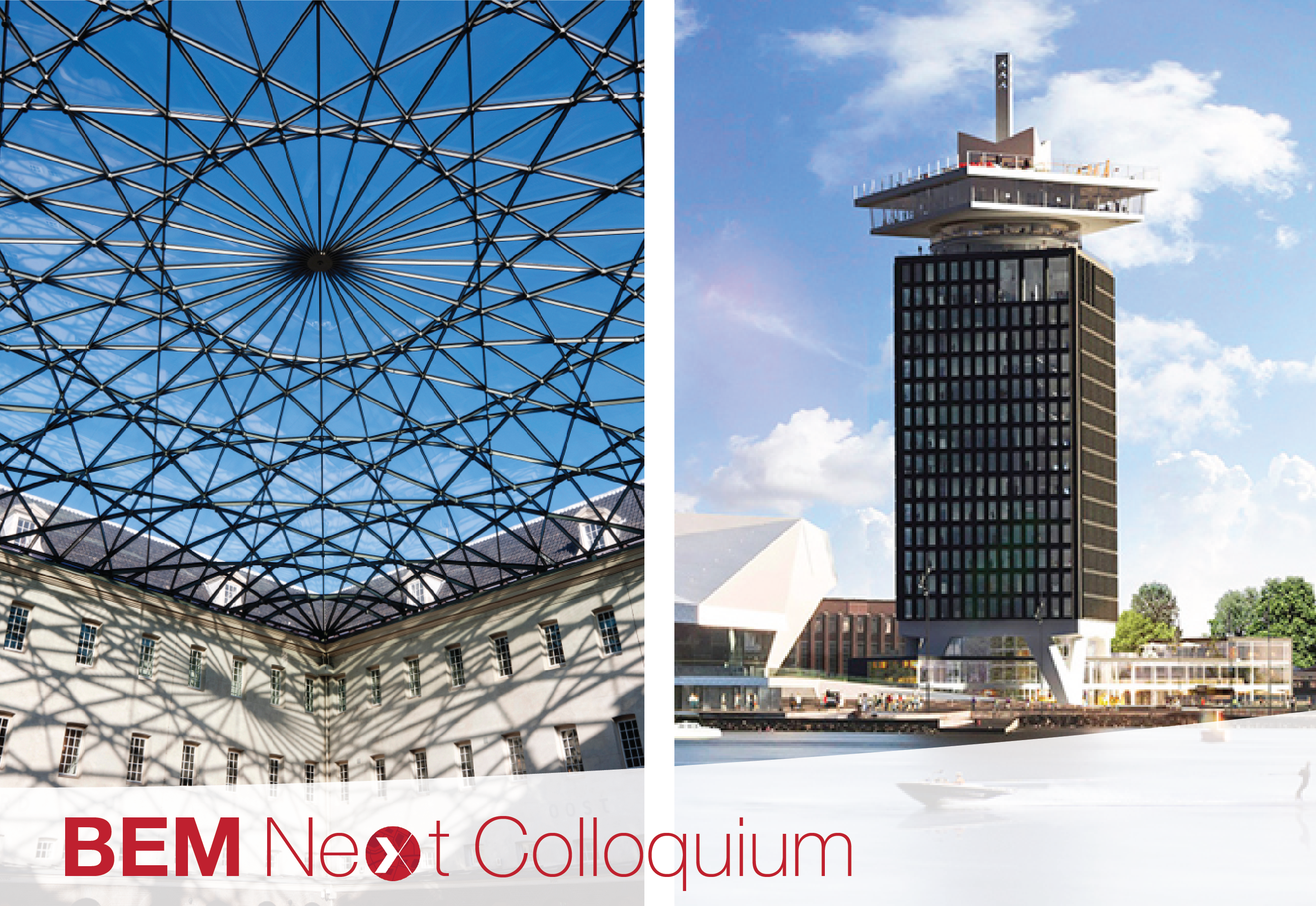
Kenny Verbeeck - NEY & Partners
Sander Kortekaas - Royal Haskoning DHV
Time:
Main event 13:30 - 16:00
Drinks 16:00 - 17:30
Location:Room E - TU Delft, Faculty of CiTG
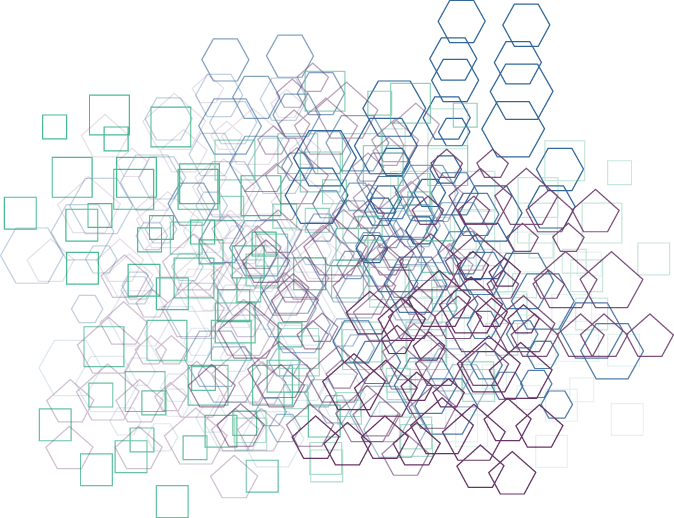
During the upcoming annual international IASS symposium in Amsterdam, White Lioness technologies will host a workshop on Stampede, an experimental multi-disciplinary design optimisation framework. By participating the workshop you will get first-hand experience with the different technologies involved, (...)

Nowadays, architects tend to incline more and more to free forms in their designs. The existence of computational design and calculating tools, has given them the freedom to explore the infinity of the design space. In every project, the boundaries of the space exploration (...)

Amongst the foreseen major benefits of working with one central design model in which the results of all design disciplines are captured, is the automated validation against codes and regulations. In current model checking applications, these capabilities are rather limited. Where clash detection and other direct validations of geometry are commonplace, (...)

George will present his MSc research project on the heat loss parameter estimation of the Prêt-à-Loger house house through a calibrated Building Performance Simulation (BPS) on Wednesday the 1st of July. The presentation will be held in room G at the TU Delft, Faculty of Civil Engineering and Geosciences at 14h00.
The calculation of a residential Energy Label in the Netherlands or the payback time of an energy refurbishment are often affected by various inaccuracies
(...)
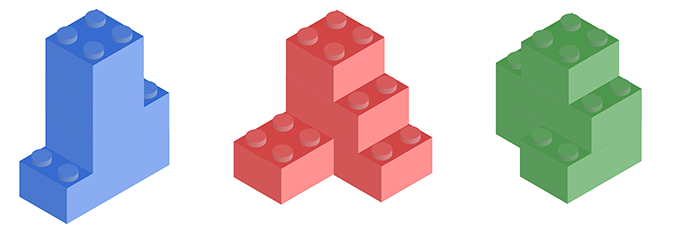
Arie will present his MSc research project on conceptual building models with structural design justification on Friday the 26th of June. The presentation will be held in room G at the TU Delft, Faculty of Civil Engineering and Geosciences at 16h15.
StructuralComponents 4 is the fourth in a series of graduation projects on StructuralComponents: a design tool for conceptual structural design. While many tools focus on precise analysis (e.g. FEM), detailed documentation (e.g. BIM), or automated design,
(...)
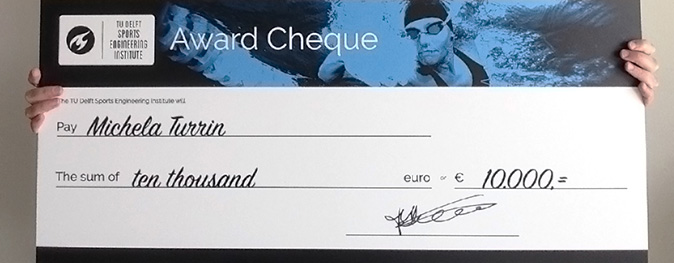
A research collaboration between BEMNext and TOI (Chair of Design Informatics at Bouwkunde) has been awarded 10.000 euros by the TUDelft Sports Engineering Institute. The fund will be used for developing a proof of concept for a Multidisciplinary Multi-objective Optimisation system, for the design of Sport Buildings.
Sport buildings are a great design opportunity, but imply also challenging tasks in meeting their special performance-requirements.
(...)

Wojciech will present his MSc research project on steel grid shells stress-based sizing optimisation on Friday the 12th of June. The presentation will be held in Lecture Hall E at the TU Delft, Faculty of Civil Engineering and Geosciences at 9h00.
The second half of the 20th century brought a revolution, when a computer-aided design (CAD) emerged. The new technologies were not only aiding with the existing designs,
(...)

Our most recent colloquium on 'Beyond BIM' was a great success! Gijs Derks' presentation on the cutting edge on- and development horizons of BIM implementation as used within Hendriks B&O showed the potential efficiency increase computational means and close cooperation can bring to the project development as well as on-site construction of buildings. (...)

This Friday, the 12th of June, BEMNext lab is hosting an event in Pecha Kucha style about "Computational Design"! In an informal setting you will be provided with different lightning-speed presentations on advanced computational design efforts by professionals and academics alike, leaving plenty of time for discussion and interaction. (...)

Time:
Free lunch 12:30 - 13:00
Main event 13:00 - 15:00
Location:
Room F - TU Delft, Faculteit Bouwkunde
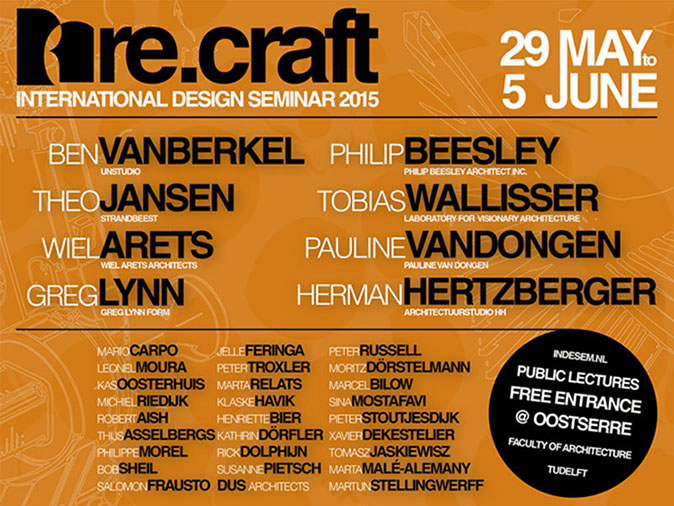
InDeSem 2015: ‘Re.Craft’
explores the impact of emerging digital fabrication technologies on the practice of architecture. Through a critical examination of newly available tools, techniques and materials, Re.Craft enquires the notion of craft in contemporary architecture.
For more information and a complete programme overview, click here.

The construction industry is part of a rapid changing world in which one technological innovation is quickly followed by the next. The landscape of society and market is continuously adapting. Building Information Modelling, or BIM, is the first step taken within the construction industry to profit from these digital innovations. (...)
A ‘hands-on’ exploration of innovative trends in concrete
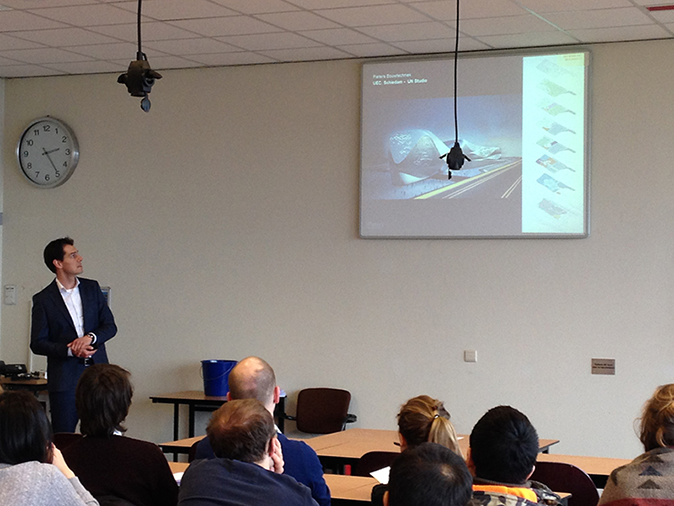
Once again the success ingredients were there: many exciting lectures, an audience eager to learn and interesting discussions over afternoon drinks. We would like to thank all the attendants and especially Rob Doomen for his lecture on innovative design projects of Pieters Bouwtechniek, (...)
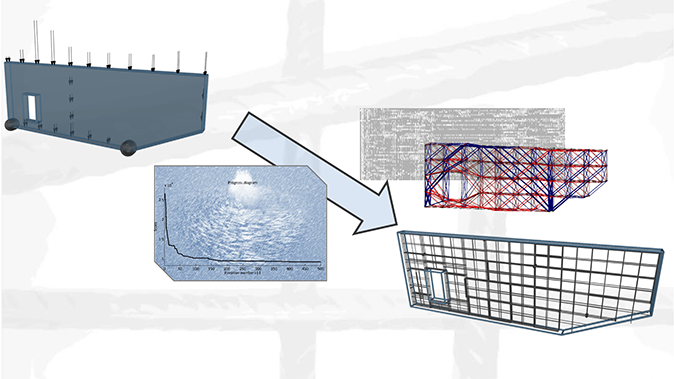
Guido will present his MSc research project on structural optimisation of reinforced concrete on Friday the 27th of February. The presentation will be held in Lecture Hall E at the TU Delft, Faculty of Civil Engineering and Geosciences at 14h00.
The design of reinforcement in concrete structures is a complex procedure, often resulting in inefficient designs. One possible solution to improve the design process and create more efficient designs is structural optimisation.(...)
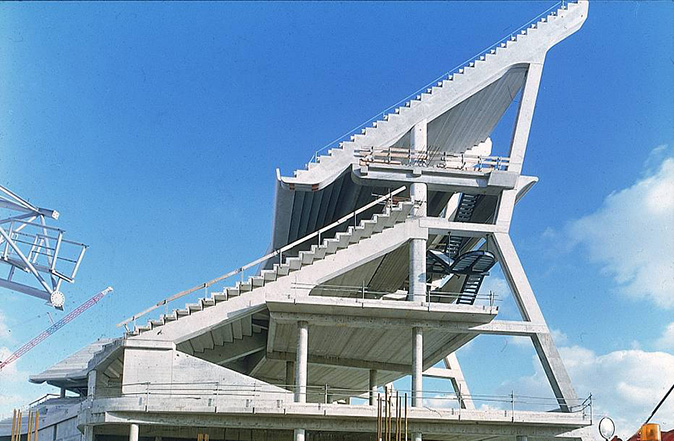
In the stadium industry, big sporting events can require new venues, venues not fitting the demand for the total technical lifetime of the structure. This leads to underuse or even vacancy of the property. However to be economically feasible these venues, require other revenue streams than just the initial event. (...)
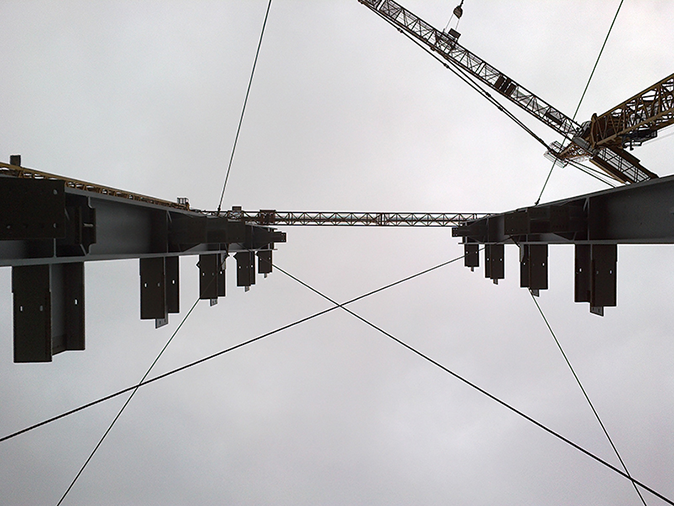
Are you curious to know what the newest possibilities in building design look like? Would you like to know the capabilities of tomorrow's design tools? Or maybe you would like to help develop the tools which enable the realisation of the great buildings of the future?
For the answer to all these questions BEMNext lab is the place to go!(...)
Visit the new website of IASS 2015 Future Visions to stay informed about the event. The yearly symposium will be held in Amsterdam between the 17th and 20th of August 2015.

Steven will present his MSc research project on structural optimisation of a solar updraft tower on Thursday the 15th of January. The presentation will be held in Lecture Hall E at the TU Delft, Faculty of Civil Engineering and Geosciences at 16h00.
As fossil fuel reserves are rapidly being depleted, sustainable alternatives have to be found to fulfil the world's energy demand.(...)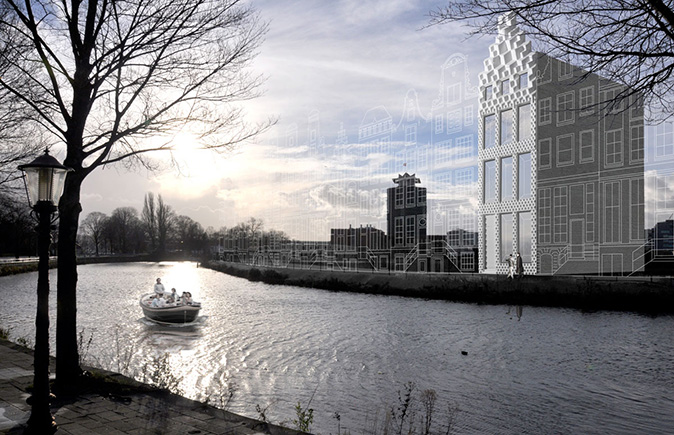
Arnaud will present his Msc research project on the structural feasibility of 3D-printing houses using printable polymers on Friday 19th of December. The presentation will be held in Lecture Hall G at the TU Delft, Faculty of Civil Engineering and Geosciences from 16h00.
At this moment, 3D-printing techniques in general and especially those applied for the building industry, are still in a phase of early experiments. At different (...)The Design Modelling Symposium 2015 Modelling Behaviour will be held in Copenhagen, Denmark at CITA, Centre for Information Technology and Architecture, Royal Danish Academy of Fine Arts, Schools of Architecture, Design and Conservation. Workshops: 28 & 29 September 2015, Conference: 30 September – 2 October 2015 The Conference highlights three areas:
1. Modelling and Design of Behaviour What is the identity and purpose of the behavioural model? How are behaviours defined, how are they represented, (...)

In 2015 the yearly symposium of The International Association for Shell and Spatial Structures will be held in Amsterdam. Between 17 to 20 of August the IASS 2015 symposium will take place in “Het Muziekgebouw” on the waterfront of the Ij river. Co-organised with the Royal Dutch Institute of Engineers (KIVI), next year’s edition focuses on “Future Visions” in continuous development of design, analysis and construction techniques for the built environment, shell and spatial structures. In the context of the symposium, the organizers invite universities and/or companies to participate in a contest and exhibition of structurally innovative pavilions.The pavilions have to give a future vision on structural design and innovation and have to be the outcome of (excellent) structural research. The ambition is to have an exhibition that shows new insights on structural typologies in the design of a pavilion. More information about the IASS 2015 symposium is available here.

As part of BIG&TALL 2014, the Faculty of Architecture at TU Delft is hosting three public lectures, by invited Speakers with outstanding experience in tall buildings. The event takes place in the afternoon of Friday September the 26th 2014, starting at h. 16.00 until h. 19.00 - at TUDelft, Faculty of Architecture / Oostserre in Julianalaan 134, Delft.
Astrid Piber (Director and Senior Architect at UNStudio, Amsterdam) will (...)

Thanks to the inspiring lectures, the great number of visitors and the good weather our first Colloquium was a success. A special thanks goes out to Mathew Vola for his inspiring lecture on Computational Design and for showing a selection of the projects he did at Arup. And of course we would like to thank Joop Paul, Arie and George for realizing the fantastic barbecue. Already looking forward to our next event? Keep an eye on our website. Any suggestions for speakers you would like to see or ideas for an activity you would like to organize together with us? Don’t hesitate to contact us!

Interactive distributed multidisciplinary design optimisation (or IDMDO) proposes a tool to improve the collaboration between different parties in a complex building process. The tool structure exist of four, so called layers; a Modelling Layer, an Optimisation Layer, the Generation Layer and the Visualisation Layer. In the modelling layer the design team can express their respective disciplinary knowledge and performance metrics in a parametric environment. The parametric building model is used by the (...)
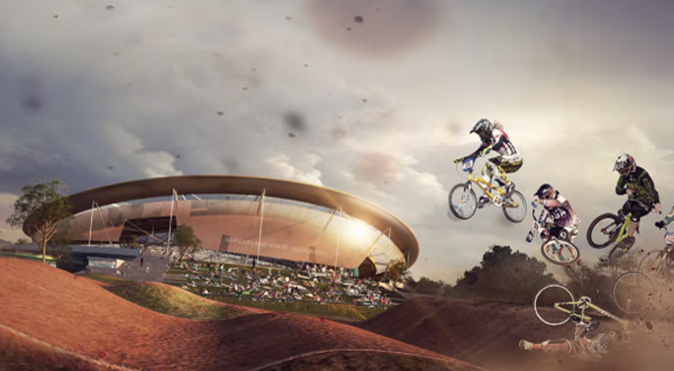
On the 5th of September 2014, BEMNext lab is organising a colloquium and barbecue open for everybody to attend. The colloquium will bring together students interested in the application of computational design and BIM in the design, engineering, modelling and construction of the built environment. Our format will be different from the earlier editions: Mathew Vola from Arup will speak about his experiences and 3 of our students will show their latest findings.
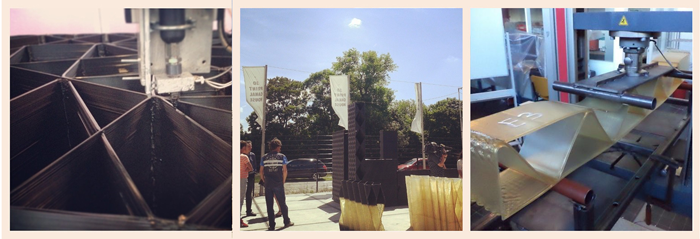
At this moment, 3D-printing techniques in general and especially those applied for the building industry, are still in a phase of early experiments. At different places around the world, first attempts are made to print houses with the use of a 3D-printer. One of these experimental attempts (...)
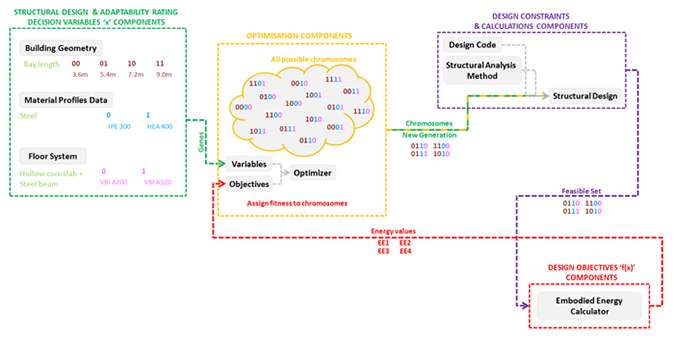
This thesis investigates the development and application of a computational tool that optimises the conceptual stage design of a building to have minimum embodied energy and some aspects of the operating energy, depending on the adaptability required. For this purpose, a parametric computational framework for sustainable building design was developed (...)

A solar updraft tower (SUT) is a type of power plant which generates electricity from solar power. It is comprised of three key elements: a collector area, a chimney, and turbines at the base of the chimney. Its power output is primarily dependent on two factors, namely (...)
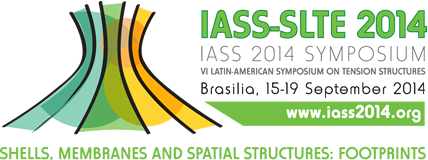
The IASS-SLTE 2014 Symposium, encompassing the annual IASS Symposium and the 6th Latin-American Symposium on Tension Structures, will take place from 15-19 September 2014 in Brazil. The BEMNext lab will present the following papers:
(...)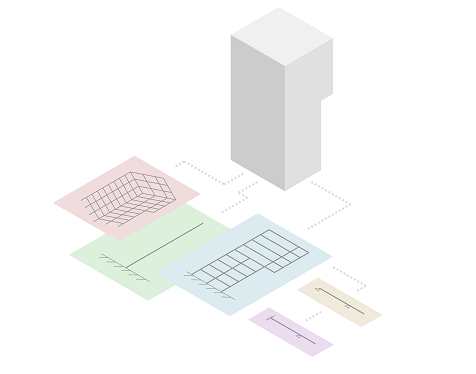
Designing a building structure is a complex task, which requires skill and creativity. There are many tools available to the engineer, but few are aimed at the early, conceptual stage of design. During these early stages, accurate information is often lacking, but decisions have a big impact. Since 2008, three thesis projects at BEMNext have been contributed to (...)

NetworkedDesign is a novel computational infrastructure for the tools of the future. It combines many paradigms and concepts in a single approach on which a large variety of frameworks, applications and tools can be built. NetworkedDesign is one of the core technologies which we will be employing in many of our projects.

BEMNext stands for the next generation of Built Environment Modelling (BEM). Built Environment Modelling deals with all forms of computation, modelling, analysis, simulation, optimisation of the built environment in its broadest form during the entire lifecycle. We would like to come to integrated systems for the complete lifecycle of objects in the built environment. Key for us is that they will serve the user’s processes in the best way possible.

SustainabilityOpen is an initiative of the BEMNext lab to provide open-source tools to the building industry for promoting sustainable design. The mission is to (...)
The aim of this project is to develop new computational strategies and technologies with a focus on safety in the earliest stages of design. The development of design tools which are able to determine the distribution of probability and can present possible failure scenarios can assist the building engineer in designing a structural system.

Following the characteristics of the parametric and associative design strategy, the EnergyFacade tool offers the ability to quickly compose, adjust and assess different facade design alternatives and (...)
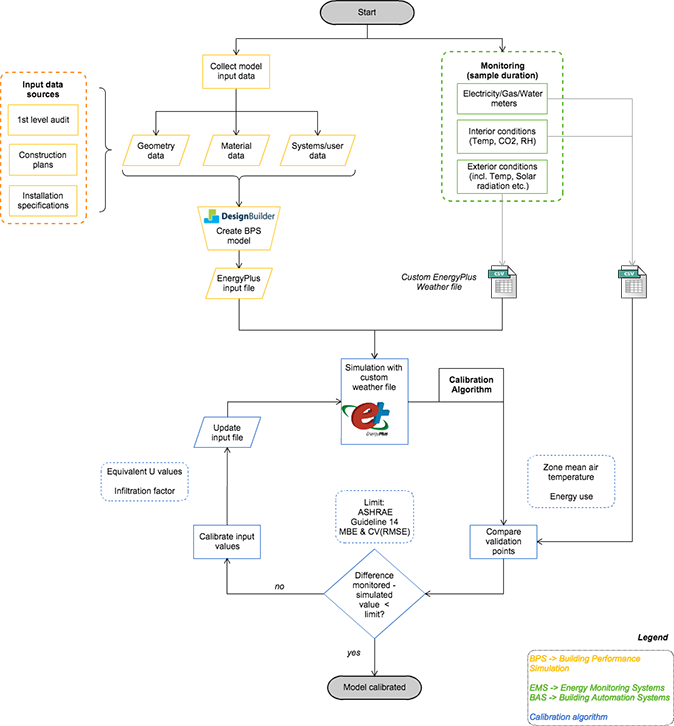
The estimation of an Energy Label consumption target and the payback time of a residential energy refurbishment are often affected by various inaccuracies between the simulated and actual energy consumption. Even if improvements are attempted on either of them, significant problems may occur, (...)

Sridevi will present her MSc research project on the development of a Embodied Energy Optimisation Tool on Friday the 29th of August. The presentation will be in Lecture Hall C from 13h30 to 14h30 at TU Delft the Faculty of Civil Engineering and Geosciences.
The thesis project investigates (...)Our collaboration partners